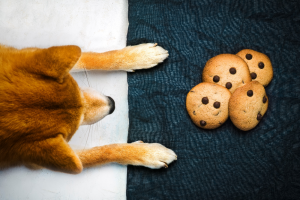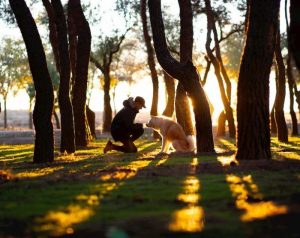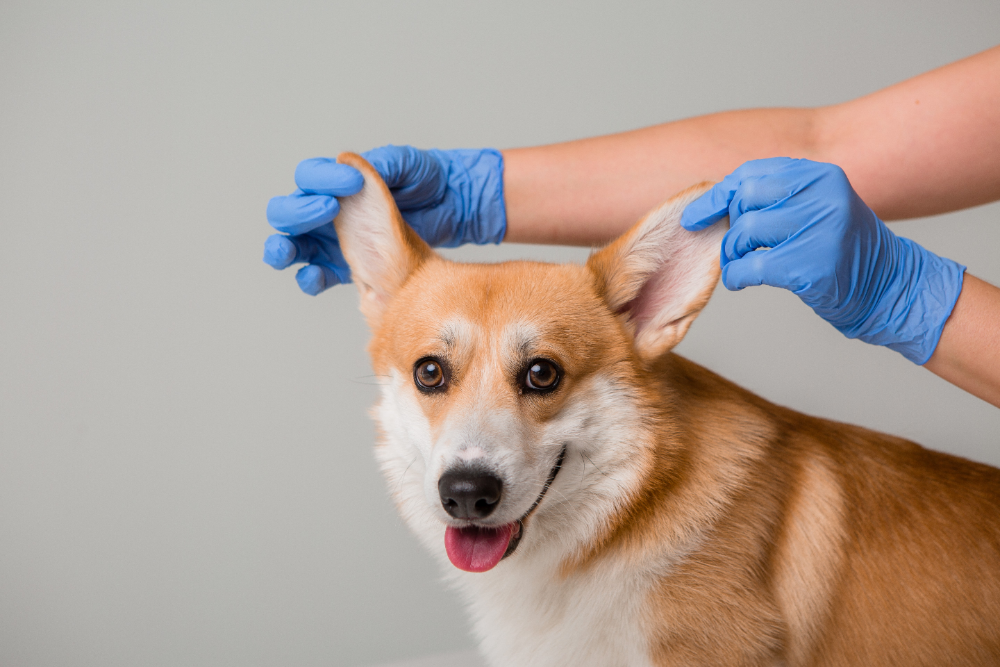
Any dog, young or old, the pedigree or mutt, is likely to develop several lumps and bumps over their lifetime, but how do we know when they are serious and important enough to go to the vet about?
In reality, it can be hard to know when growth is significant and even experienced veterinarians and veterinary nurses can struggle to know for sure at times. As a general rule of thumb, any new increase or bump that does not disappear within a week or two should be examined. It may be that the vet is happy that the lump appears benign and will advise a ‘wait and see approach’. However, if they are unsure of what exactly is going on, they will often recommend some further tests are run.


@kristina_igumnova / Freepik
Signs of a ‘bad bump’ or a ‘nasty lump’
- Bumps and lumps that appear seemingly out of nowhere and disappear within a few days are generally nothing to be concerned about. They may be a reaction to an insect bite or sting, or perhaps an itchy hive or two that has come up. If they go away and do not come back, we can be happy that the body has dealt with them and no intervention is needed.
- A bump that is associated with other signs such as red skin, warm skin, ooze or an unwell animal is significant and may well be an abscess or other type of skin infection. Sometimes, these lumps will need to be lanced and drained, as well as flushed out with some sterile saline. An animal will also typically need some antibiotics and anti-inflammatory medicine, so a vet visit is indicated. The most common reason for an abscess is a bite from another animal or a foreign body such as a grass seed.
- A fast-growing lump that appears seemingly from nowhere and continues to grow and grow is a concern.
- Growths that are resolutely attached to the skin underneath and that are firm and hard to move around are more worrying than bumps that feel soft and can easily be moved about under the skin.
- Remember, pain is not an indication of how serious a lump is. While many owners assume that a growth that does not cause pain cannot be malignant, this is far from the truth. Indeed, many cancerous lumps and bumps won’t cause any pain or discomfort at all.
- Flesh-colored growths are often warts or skin tags, but certain cancers such as mast cell tumors can also be flesh-colored.
Top Tip: Always check if a new bump may actually be a tick. These critters are shiny and uniform in appearance and can mimic skin growth. If you look closely with a magnifying glass, you may well see some spindly legs.
Is it normal for dogs to have bumps on their skin?
Absolutely, it can be normal for a dog to develop lumps and bumps, some of which will go away of their own accord and others, which will remain. Examples include warts, skin tags, cysts and fatty lumps. These growths are extremely common and generally just require monitoring rather than intervention.
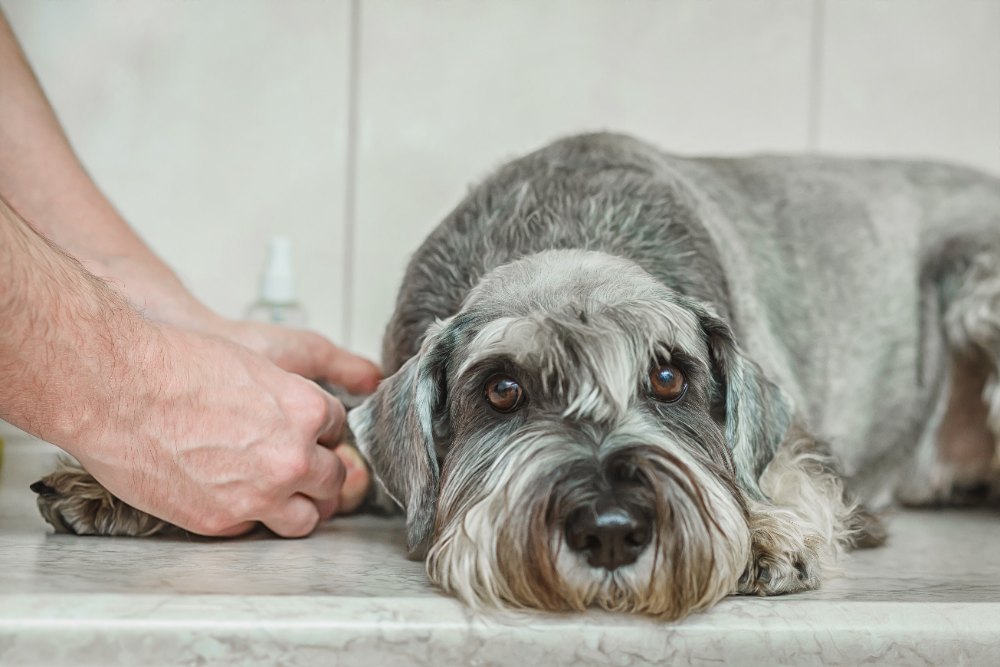

@gutsal / Freepik
As a dog ages, their immune system is less able to fight certain viral infections, which is why we see warts more commonly in older dogs. They can be more prevalent in certain breeds such as Bichon Frises and Poodles.
Fatty lumps or ‘lipomas’ are especially prevalent in fat, older dogs and are regularly seen on the Labrador Retriever. Once a dog develops one fatty lump, they usually develop more and more over time. As long as the lipoma is not interfering with the dog’s day to day life (such as one in the armpit that impedes movement), we tend to leave them alone.
How do I know for sure what my dog’s lump or bump is?
The only way to know for sure is to sample the lump and to send the cells away to a laboratory for analysis by a specialist. Even the most experienced vet can sometimes mistake a malignant lump for a benign bump (or vice versa) and make a misdiagnosis, which is why it is always best to run the diagnostic test.
There are generally three tests which can be run on a bump or lump:
- An FNA (Fine Needle Aspirate). The dog is conscious and a needle is stuck directly into the growth. Cells are sucked out and then transferred to a glass slide. This slide is sent to a laboratory (or perhaps analyzed within the veterinary clinic). Often, this test provides our answer but sometimes we get an inconclusive result and need to do more invasive testing.
- A biopsy. This means taking a larger ‘chunk’ of tissue, allowing the pathologist to better determine the lump/bump. Animals will either need a local or general anesthetic to allow vets to remove a biopsy sample, and many will require a stitch or two afterward.
- Lump removal. Sometimes, it is best to simply ‘bite the bullet’ and remove the entire lump, sending it away for analysis. This is useful when we want to know if the whole lump has definitely been removed and the ‘margins are clear’.
How do I get rid of bumps on my dog?
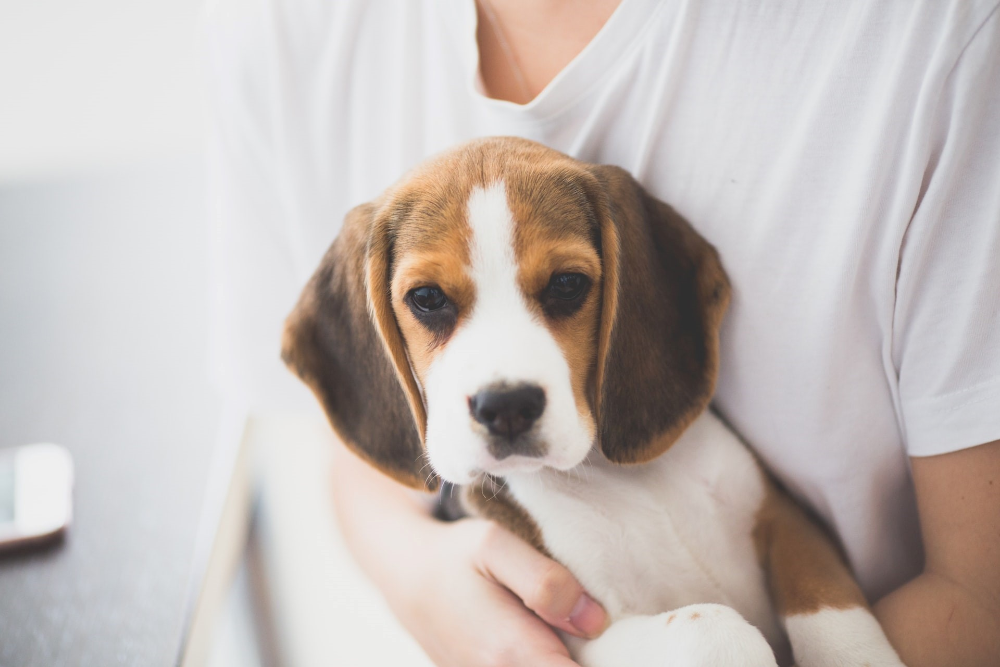

@Ionut Andrei Coman
Occasionally, it is simply unnecessary to get rid of growth and we will simply monitor it to ensure it is not changing or growing too quickly. This is usually the case with e.g. warts and lipomas.
Other times, the body itself will deal with the bump and go away from its own accord. This can happen with certain cysts for example. Other cysts are more stubborn and may require draining or complete removal.
For many lumps, they will require surgical removal to get rid of them. If the lump turns out to be cancerous, we will need to ensure the entire thing has been removed and there is no sign of spread anywhere within the body.


